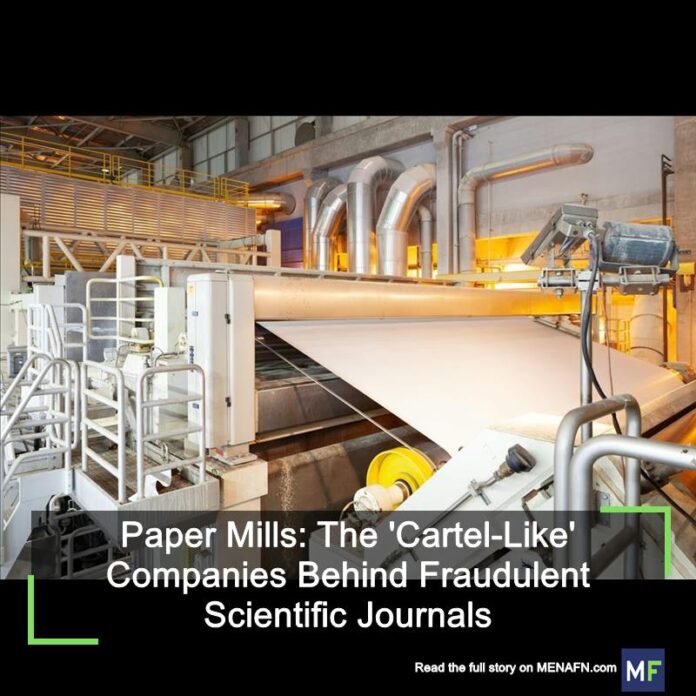(MENAFN– The Conversation) Science journals Science and Nature have reported a rise in fake research papers created by paper mills. This trend threatens the credibility of academic research worldwide.
Paper mills sell authorship services to anyone who wants to be credited as an author on published research papers. For fees ranging from �180 to �5000 (about US$197 – $5472), buyers can add their names without doing any actual research. Many experts call these operations illegal.
Paper mill ads. Author provided.
A 2023 study indicates a sharp increase in fraudulent articles from paper mills, escalating from 10 retracted papers in 2019 to 2,099 in 2023.
Publishers like Hindawi and Wiley retracted around 1,200 paper mill articles in 2023. Similarly, Elsevier and SAGE also removed hundreds of fraudulent papers in previous years.
Paper mills thrive in countries with research policies pushing for high publication volumes, such as China, Russia, India, and Iran, and attract clients from both developed and developing nations including the US, Germany, and Indonesia.
How Paper Mills Operate
1. Problematic Articles
They often plagiarize, use false data, or produce fake images in articles. Some also use AI tools to generate content.
2. False Publication Promises
Some paper mills guarantee publication before submission�a practice no reputable journal would endorse.
3. Fake Reviews and Bribery
They may provide bogus peer reviews or bribe editors to get articles published. Recent investigations uncovered offers of up to $20,000 to journal editors to facilitate these schemes.
4. Strange Author Teams
Articles often feature unrelated authors with diverse backgrounds, raising suspicion about their validity.
5. Anonymous Co-Authors
Buyers usually don�t know their co-authors or the target journal, as confidentiality is often a requirement.
Identifying Paper Mill Articles
To spot these fraudulent articles, check retraction patterns in journals or use databases like Retraction Watch. However, journals often cite other reasons for withdrawals without mentioning paper mills directly.
As of May 2024, only 7,275 of 44,000 recorded retractions were explicitly linked to paper mills, while up to 400,000 fraudulent articles may have been published over the past two decades.
Despite efforts by organizations like United2Act, the problem continues.
Impact on Public
The UK Research Integrity Office estimates that the paper mill industry has generated about $10 million globally. In places like Indonesia, this fraudulent practice drains public resources, affecting state-funded universities and ultimately the taxpayers.
This article was originally published in Indonesian.
![]()
MENAFN21102024000199003603ID1108804344
`

